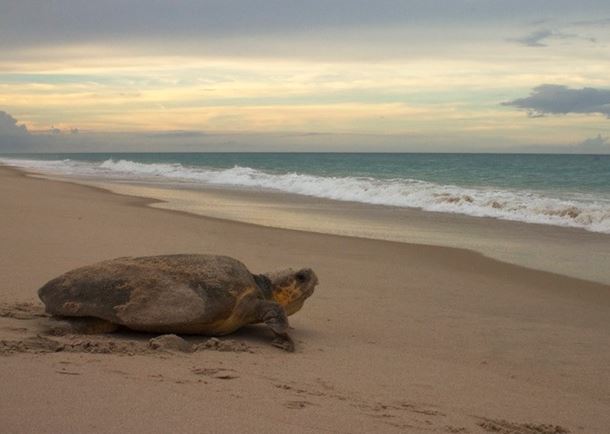A severe drought began in California in 2012 and extended across the West Coast by the end of 2013. By spring of 2015, drought emergencies were declared in California, Oregon, and Washington. A newly published study by Erika K. Wise considers this drought in a paleoclimatic (study of past climates) context.
Wise uses tree ring records to examine how atmospheric circulation may have resulted in surface hydroclimate patterns like drought.
 Wise, a CURS faculty fellow, associate professor of geography and head of the Climate & Tree Ring Environment Science research group, recently published her findings, Five centuries of U.S. West Coast drought: Occurrence, spatial distribution, and associated atmospheric circulation patterns, in the Geophysical Research Letters of the American Geophysical Union.
Wise, a CURS faculty fellow, associate professor of geography and head of the Climate & Tree Ring Environment Science research group, recently published her findings, Five centuries of U.S. West Coast drought: Occurrence, spatial distribution, and associated atmospheric circulation patterns, in the Geophysical Research Letters of the American Geophysical Union.
This drought may have been exacerbated by human-induced climate change, but Wise’s study found that the West Coast is a region with high climate variability and large uncertainty concerning future precipitation. Droughts like the one the West is currently experiencing, though relatively rare, have occurred periodically over the past 500 years.
Read more about Wise’s research, which is supported by an NSF grant, here.
Story courtesy of the Center for Urban and Regional Studies.



